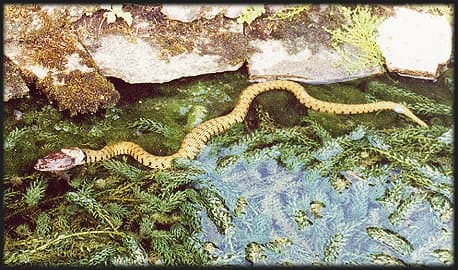Grass Snake Fact File
The
Grass snake fact file
- Common name – grass snake.
- Scientific name – natrix natrix helvetica.
- Size – adult grass snakes can grow to lengths of 120cm, but 80-100cm is average.
- Identification tips – the body is an olive-green colour with subtle black spots or lines regularly spaced along the back and flanks. The snake’s most distinguishing feature is its pale yellow collar immediately behind the head.
- Preferred habitat – dense undergrowth and as close to fresh water as possible, such as ponds and streams.
- Diet – grass snakes feed mainly on frogs and small fish if available. Newts will also be readily eaten. Land food includes bird eggs and small mammals such as mice.
- Breeding – mating happens between late April to May, soon after the snakes emerge from their winter hibernation. Between 5 and 40 eggs are laid in August / September and hatch after around 10 weeks.
Small patches of rotting vegetation make ideal grass snake nests, as the decomposition of the vegetation provides the required heat for the eggs to develop properly. - Other points – the grass snake is Britain’s largest reptile and the most common snake. Widespread throughout the New Forest and surrounding countryside, especially around fresh water. They are very strong swimmers and are equally at home in the water as on land.
Grass snakes are non-venomous; under threat they may release a pungent odour or, on occasion, remain motionless in an attempt to play dead.
Related Pages:
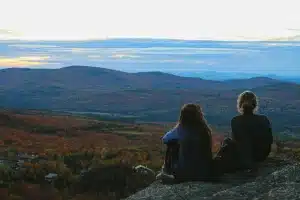
Why Time in Nature Complements Daily Astrological Guidance
Many of us start the morning with a quick look at our horoscope. A few lines can help name our mood, highlight a tension, or point out an opening in the day. What often gets
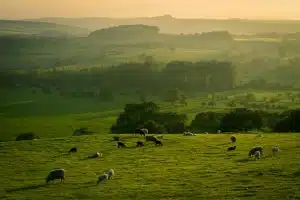
UK’s best natural spots
Wilderness escapes are not for everyone, that’s for sure. Some people simply prefer holidays where they can lounge all day and take it easy instead of being active, going hiking, swimming, or cycling. But there
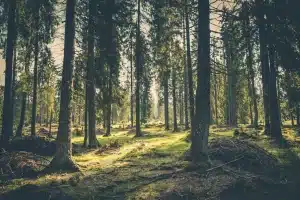
Tech Hacks for Exploring the New Forest National Park
The New Forest National Park in the UK is one of Britain’s most enchanting natural destinations. Covering ancient woodlands, open heathlands, and winding walking trails, it offers visitors a chance to step back in time
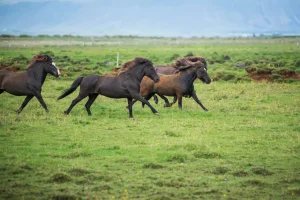
The Benefits of Outdoor Life for Horses
Life outdoors shapes stronger, healthier horses. Sunlight fuels the body with vitamin D, which helps bones grow dense and resilient. Space allows movement that stables cannot match. A horse stretching into stride, breathing clean air,

New Forest Getaway
The New Forest in southern England is unlike anywhere else, one moment you’re on a country lane, the next you’re face to face with a pony blocking traffic. Villages with thatched roofs appear out of

How Satellite Imagery is Transforming Wildlife Conservation
Today, a myriad of species and their habitats are struggling to survive and are on the verge of extinction due to permanent pressure on deforestation, climate change, and unlawful activities like illegal mining and logging.

